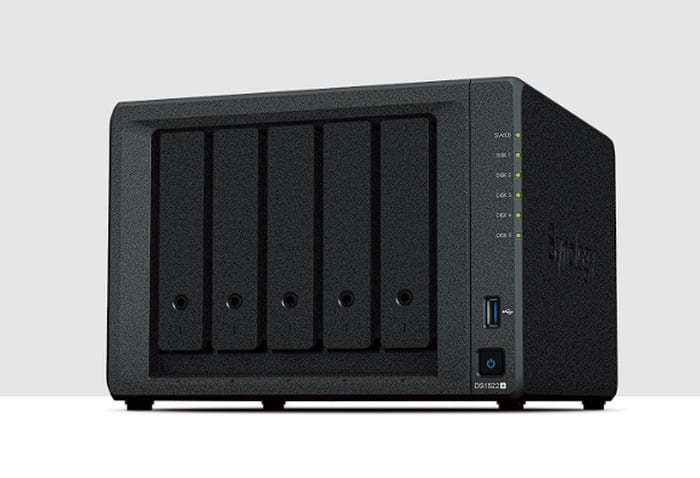In this day and age protecting your digital documents, photographs and the overall security of your data whatever it may be has become paramount. One of the most prevalent threats to data security is ransomware, a type of malicious software that encrypts files and demands a ransom for their release. Network Attached Storage (NAS) devices, such as those produced by Synology, are not immune to these attacks.
This quick overview guide will a few methods on how you can try to protect your Synology NAS from ransomware attacks. Focusing on understanding ransomware, the importance of securing files and computers, and various measures to reduce the risk of a NAS getting hacked.
Ransomware comes in two forms: a crypto virus and extortion with files. A crypto virus is a type of ransomware where hackers compromise a computer on your network or directly force their way into your NAS, running a script that encrypts all accessible files. The most common way this occurs is through a virus on a computer that accesses every drive and volume it can reach, including the SMB share of the Synology NAS.
The importance of securing files and computers cannot be overstated. The Synology NAS itself is rarely hacked; most attacks come from compromised computers on the network. Therefore, it is crucial to treat users as potential threats and focus on protecting the Synology NAS itself.
How to protect your NAS from ransomware
There are two primary ways to protect the NAS: limiting access to reduce the chance of an attack, and ensuring recovery if an attack occurs. Limiting access involves disabling the default system user labeled “admin”, limiting the number of users with admin access, and adjusting SMB settings. These measures reduce the number of potential entry points for a hacker, thereby reducing the risk of a ransomware attack. Watch the video below kindly created by SpaceRex to learn more about how you can protect your NAS in a number of different ways to help mitigate any easily exploitable paths of entry.
Other articles you may find of interest on the subject of Synology NAS systems :
Ensuring recovery in the event of an attack involves using a NAS with a BTRFS volume and installing Snapshot Replication, a package that allows for easy recovery if the NAS is hacked. A BTRFS volume offers several protections, including the ability to take snapshots of the file system at a given point in time. These snapshots do not replace a backup, but they can provide a level of ransomware protection. If the NAS is hacked, the snapshots allow for a one-click undo to restore files to their state at the time of the snapshot.
In addition to these measures, it is also recommended to disable certain services unless necessary, such as AFP, NFS, and standard FTP. These services can provide additional entry points for hackers if left enabled. Similarly, it is advised against opening certain ports to the internet, such as those for FTP, SSH, telnet, SMB, and others. These ports can also provide potential entry points for hackers.
Finally, the importance of having a backup cannot be overstated. Even with all these protective measures in place, there is still a chance that a ransomware attack could succeed. In such a case, having a backup can be the difference between losing all your data and being able to recover it. It is recommended to have an off-site backup or at least a USB external hard drive set up as a hyper backup destination.
Protecting a Synology NAS from ransomware attacks involves understanding the nature of ransomware, securing files and computers, limiting access, using a NAS with a btrfs volume, installing Snapshot Replication, disabling certain services and ports, and having a backup. By following these steps, you can significantly reduce the risk of your NAS getting hacked and ensure that you can recover your data in the event of an attack.
Filed Under: Guides, Top News
Latest aboutworldnews Deals
Disclosure: Some of our articles include affiliate links. If you buy something through one of these links, aboutworldnews may earn an affiliate commission. Learn about our Disclosure Policy.







